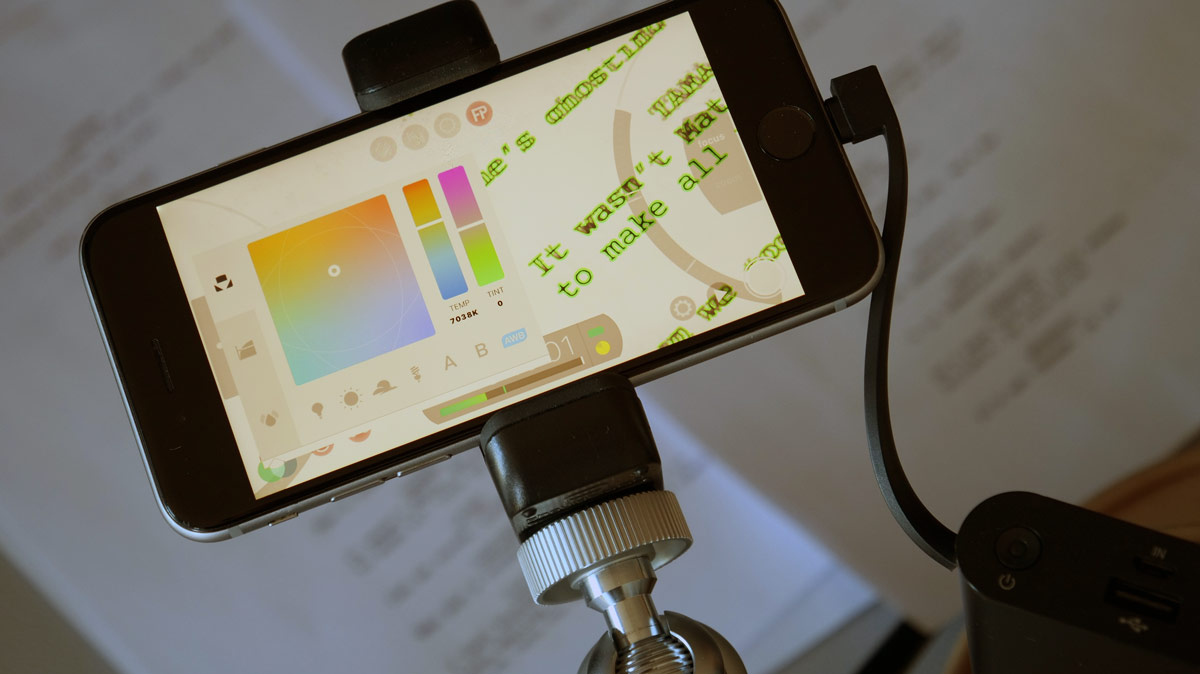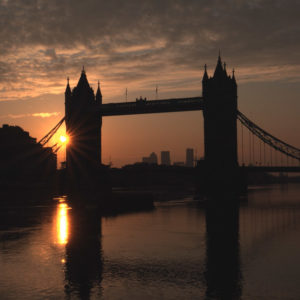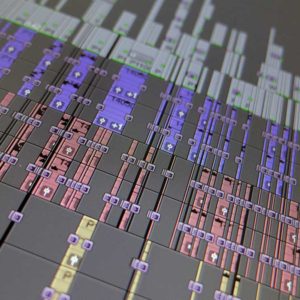
To provide some technical help when filming smartphones and other mobile devices like tablets, I’ve compiled a list of smartphone filming tips.
During a recent commission, these smartphone filming tips came in very useful in supporting a group of 15 young actors who were collaborating for the first time on a scripted short film production entitled ‘Isolation’. My technical advice was sought by the producer of the film project and took place via zoom meetings with all the participants.
This was to allow for the fact that most of the young actors had little or no experience of filming on their devices to the standards required for multi-device online film production. The aim of providing such technical advice to them in advance of filming was to help to ensure that I could obtain the best quality and most suitable footage possible in my role of short film editor for this project.
Mobile device film production
Before embarking on any joint filming project, I would recommend that you liaise with your director and film editor to ensure you are delivering the video footage they need to the specifications they require. Smartphones and mobile device have their benefits but also their limitations when quality filming is expected. Practising filming with your mobile devices will help you to gain awareness of the best results that you can obtain on them.
Preparing your device for filming
Before embarking on your filming project, you first need to explore your device’s settings. Do back up all your devices’ contents before you start.
After backing up, check how much space you will have to store your new video filming. Ideally, you will need as much free storage space as possible on your device as filming video uses large amounts of space very quickly. To create additional storage space before you start shooting for a new project, you may need to remove some music, photos or videos from your device to a computer or uninstall any unused applications which may be taking up storage space.
For this particular multi-device film project, I asked all the young actors to set their camera video recording settings to record at 30 frames per second (FPS). If a group of you are all filming for the same film production, it helps to ensure the best quality of the film if all the footage supplied is filmed at the same frame rate. The fps for your film production could be different to 30fps (e.g. 25fps) depending on the devices to be used so first check for fps preferences with your video editor or director.
Also, set your device filming settings to the most suitable resolution. For this film project, my advice was to set the resolution at 1920 x 1080 HD. Again, for any new project, check with your director or editor to see what resolution they would prefer you to set ready for filming.
Use the automatic white balance setting (AWB) (if you have that option) as this allows the camera to automatically adjust for different or changing lighting conditions.
If you already have more than a basic level of filming skill with your devices and would like to explore more advanced settings to improve the quality of your filming, consider purchasing the FilmicPro app. This FilmicPro app will enable you to set a variety of resolutions, specific frame rates and more precise colour temperature settings.
Once you have checked or adjusted your settings, take some time to film some test shots. Then copy those test video files to a computer and play them back on a larger screen to make sure that you can hear the sound recording clearly, the picture is completely in focus, and it looks and sounds as good as you can make it on your particular device.
Smartphone filming tips for mobile devices
1) Before you start filming a video, make sure your device is fully charged and that you have as much storage space available on the device as possible.
2) Consider asking someone to help you with the filming.
3) When filming, put your device’s setting into aeroplane mode so you will not be disturbed by alerts and calls.
4) Clean your device’s lens with a soft clean cloth before you begin your filming sessions.
5) Consider the lighting in your filming location – device cameras film their best quality images with well-lit and low contrast scenes. If filming indoors during the daytime, facing the windows will be an excellent source of light to your face. Again, shoot some test lighting shots to see how the subject of the film can be lit in the best way. When filming at night under artificial lights, consider whether the actor’s face or subject has light falling directly upon it. Avoid only using ceiling lights when shooting faces and people indoors at night as these can produce unflattering results.
6) Consider the surroundings for your filming location and the camera frames visual aesthetic. That is, what will appear around the subject of the film – what’s behind the subject, what else can be seen in the frame etc. Avoid wearing black, really dark colours or white on your upper body as these colours can create a high contrast image that may result in inadequate exposure due to the limitations of some mobile device cameras. Experience shows that plain neutral or brighter colours work well for good exposure purposes.
7) Play with and adjust the position and angle for the camera until you feel comfortable with it before starting to film. Small adjustments can often make a significant difference to the quality of the filmed shot. Avoid shooting shots where random objects can make it appear that something is growing out of a head, or clutter the background behind the subject of the filming or placing the camera in such a position that the ceiling is thrown into focus. It’s a good idea to place the camera on a support device like a tripod, a stack of books or a box so that it is level with the subject and not pointing upwards and casting the subject in an unflattering position.
8) When filming and recording the sound of any audio, make sure your surroundings are as quiet as possible so that the microphone can capture it clearly. Ensure any actor is speaking out to the microphone and not mumbling inaudibly.
9) Keep the phone as stable and smooth as possible if moving about when filming – wobbly shots are distracting to watch and spoil the appearance of the film.
10) Film in landscape mode, not in portrait mode, i.e. hold your phone horizontally, not vertically.
11) For a dramatic scene, consider filming a variety of shots for the same sequences as they can be edited together to combine the best parts. This will mean repeating the filming using different camera angles while performing the same role in the same way with the same actions and emotions to ensure continuity when the scene comes to be edited.
12) Begin the film recording at least five seconds before the actual action or speech so that you can compose yourself at the start. Continue filming for a few seconds after the ‘action’ or ‘spoken line’ has finished. These extra seconds will be removed when the scenes are knitted together in the edit.
13) Depending on the style of your production, it may be helpful to film additional shots of faces, people or locations as they may prove a useful resource for the editor. Also, additional closer framed shots of actions, reactions, emotions and responses can often be helpful to help tell the story and cover edits when editing.
14) Consider recording the ambient sound of your environment in the space where you will be filming (i.e. with no other background sounds). This is called ‘wild track’ sound recording as it is the quiet sound of the filming space. This recording may come in useful during the film’s sound editing and mixing.
15) When you have filmed some test shots, review them on a large monitor to see if you are happy with the quality of the picture, the sound and the general setting. If you feel that your filming could be improved, make any necessary alterations and try again to ensure that your subject is suitably lit and in focus.
Filming different framed perspectives
Some alternative shots that you could consider when filming for each scene include:
Wide shots – WS – showing your position relative to your whole space
Mid-shots – MS – e.g. your upper body and face full in the frame
Close-ups – CU – e.g. shots of your face only while speaking or showing relevant emotions and reactions or shots of any individual action
Big-close-ups – BCU – detail shots – e.g. a text message arriving on the phone, fingers typing on a phone and keyboard, a hand picking something up.
Point of View – POV – from the perspective of your eyes – hold the camera in front of you at eye level to film this shot.
Movements and actions relevant to the storyline are always interesting to film. Give consideration to the height and angle of the camera relative to the subject.
Media management
To organise your filmed video files, it will be useful to create a unique folder structure on your computer or external storage to copy your project video files into. If you have many video files, then subfolders can also be created and each one suitably named for each different scene or period of filming. Named folders will be of great assistance to any future editor to quickly identify the correct files for each scene and part of the action. To help support the eventual editing process, it would be useful if you could compose a Word document that lists each of your video files, which are the best takes, what action or script line it contains along with any other information that might be useful for the editor. Don’t delete any of your filming results as fluffs and mistakes can sometimes be utilised in the final edit.
I do hope you have found these smartphone filming tips as helpful as the actors did in this recent ‘lockdown’ project. Please do get in touch if you have any questions or if I can help any further. I am always happy to assist.



